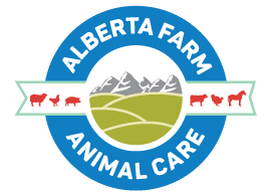By Linda Greening, Hartpury University
Sleep reportedly regulates a range of internal processes, plays a part in memory consolidation, and is governed by homeostatic and circadian processes. Thus, sleep is considered a critically important part of both mental and physical wellbeing for all mammals, with ‘sleep debts’ occurring when an individual fails to achieve an ‘optimal’ amount of sleep. The horse is no exception. Described as a polyphasic sleeper, the horse on average engages in several short sessions of sleep interspersed with longer periods of wakefulness resulting in a total of 3-5 hours sleep per 24 hours. Most commonly, equine sleep is observed between midnight and dawn, which is considered an evolutionary adaption by reducing the risk of attack at a time when the horse is most vulnerable. In a recent questionnaire-based study of nearly 600 horse owners, 29% reported never considering the amount of sleep their horse achieved, suggesting consideration of equine sleep may be under-prioritised when evaluating equine welfare within normal husbandry practices.
(more…)